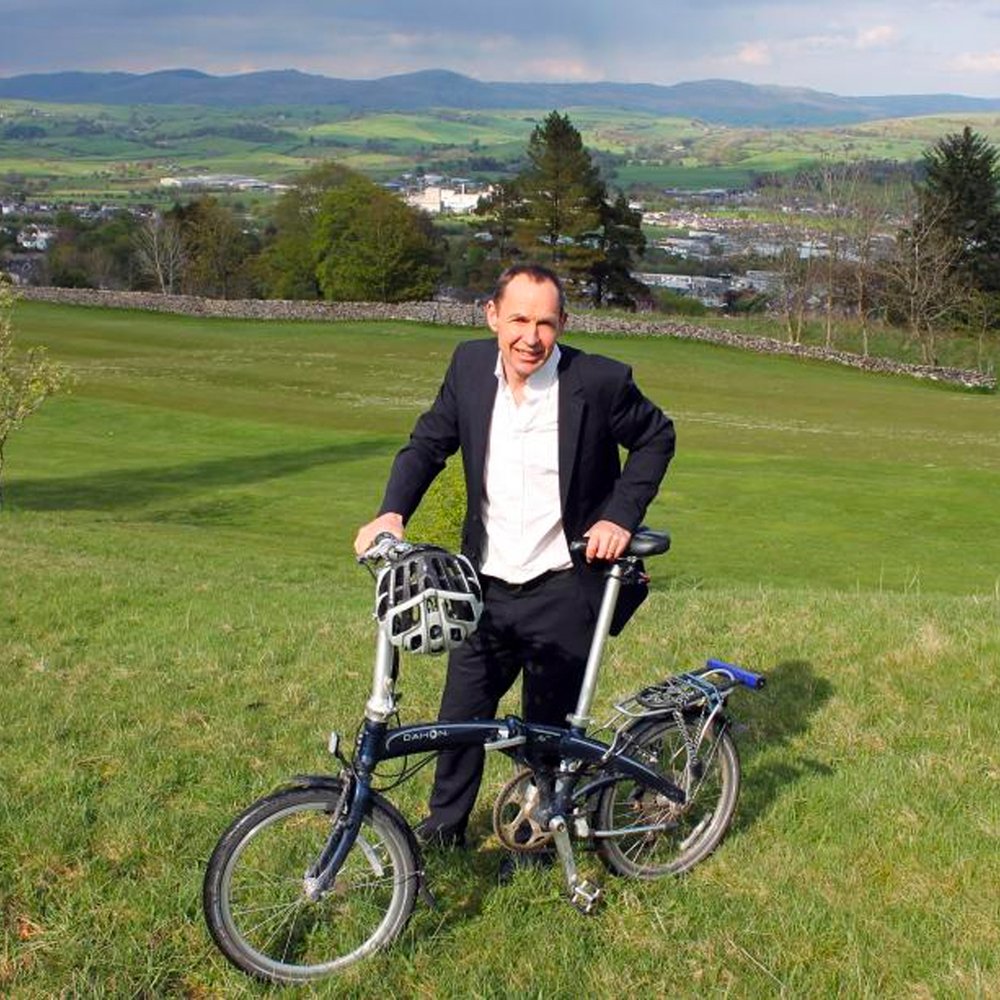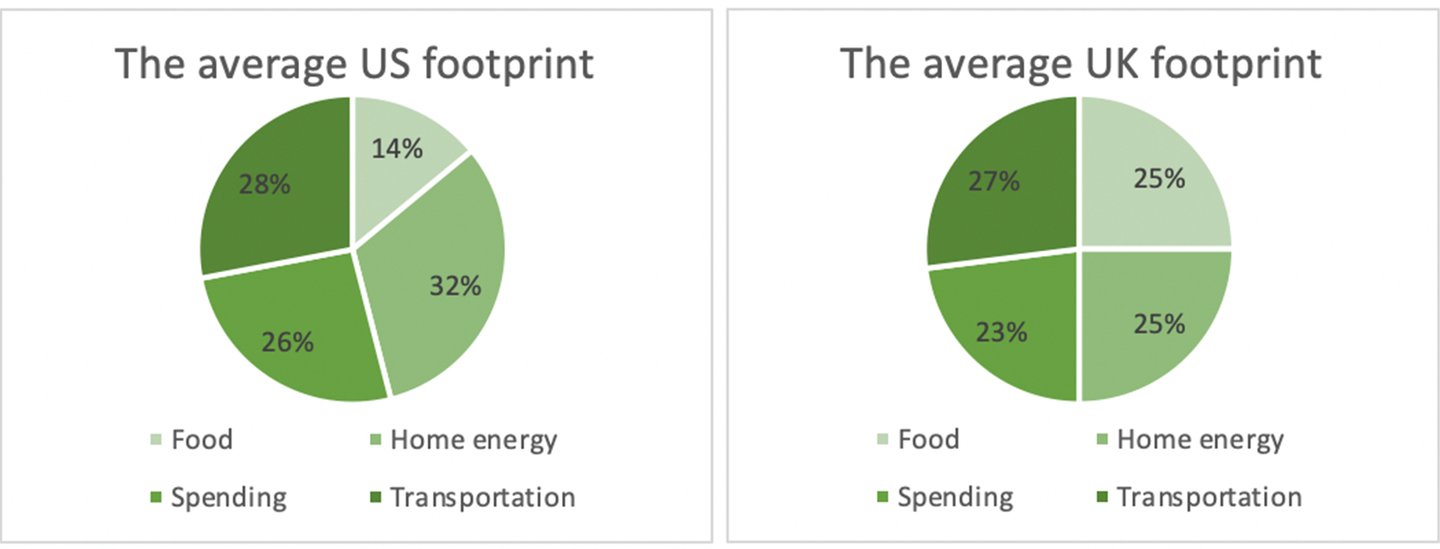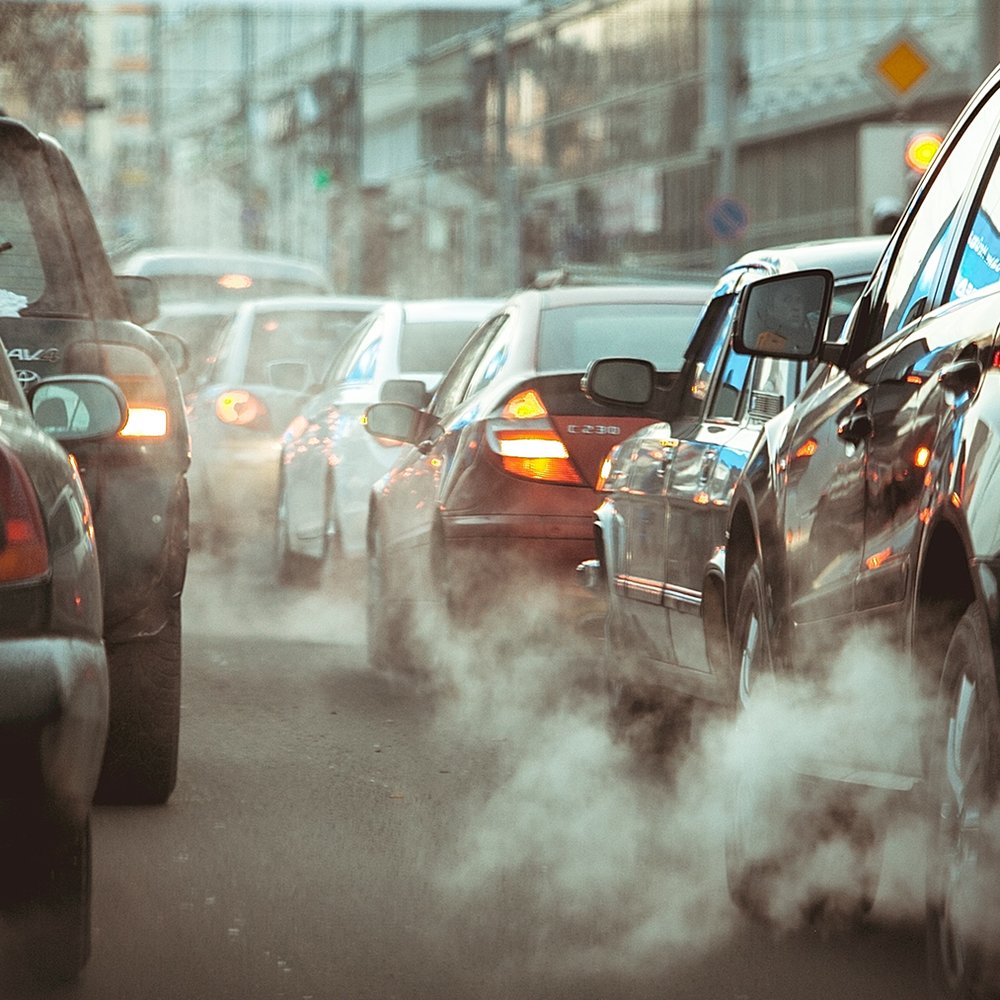
2 min read
Green Certifications: Cradle to Cradle (C2C)
WLLW takes a closer look at the green certification Cradle to Cradle which takes inspiration from the natural world where there is no concept of waste.

4 min read
We asked boutique sustainability consultants Orbis Advisory about the actions we can take to reduce our individual carbon footprints. Here's what they said.
Climate change and its consequences are becoming increasingly prevalent in many people’s lives; New York City was engulfed in smog from Canadian wildfires early in June, the UK and many other European countries saw unprecedented temperatures above 104F (40C) in summer 2022 and Texas suffered major power outages due to winter storms in 2021. The global nature of this problem can sometimes make it difficult for us as individuals to conceptualize the impact we have on climate change, but individual action is a key piece of the solution.
A tool that can be employed to estimate individual climate impact through carbon dioxide (CO2) emissions is the carbon footprint. Carbon footprints denote the total amount of emissions generated by an individual’s actions and buying behaviors, usually converted into CO2 equivalent (CO2e) – a common unit used to describe various greenhouse gases – and can both aid in giving us a sense of our relative carbon impacts as well as strategies to reduce them.
"The US has emitted more CO2 than any other country to date, being responsible for around 25% of historic emissions."
Carbon footprints can be calculated at many different levels, such as for countries, companies, or individuals. Emissions have been historically linked to wealth, with both rich countries and rich individuals having disproportionately large carbon footprints. The US has emitted more CO2 than any other country to date, being responsible for around 25% of historic emissions. On an individual level, the average footprint of a person in the US and the UK are also higher than the world average of 7 metric tons CO2e, with 16 metric tons and 13 metric tons CO2e respectively. Consequently, if everyone adopted the same lifestyle as Americans, we would require approximately 5.1 Earths to sustain the ecological demands.
In his book “How Bad are Bananas? The carbon footprint of everything”, Mike Berners-Lee – a British researcher, writer and professor at the University of Lancaster – suggests a footprint target of 5 metric tons per year. By this measure, most US and UK citizens would need to cut their carbon footprints by over half, which implies significant changes in habits and behaviors. Other targets, such as from environmental campaigner Rosalind Redhead, are even lower at 2.5 metric tons per person per year.


To begin understanding our impact, it's useful to first look at the makeup of typical personal footprints. Two good sources for this are Berners-Lee’s own carbon footprint calculator and the WWF calculator. It should be noted that carbon footprint data can be uncertain, since the majority of us don't keep track of enough data to precisely determine our emissions. Furthermore, there are different estimation methods for the carbon footprints of products; for example, some may include land use changes from cattle farming in the emissions of a beef burger, while others will omit this. Yet, carbon footprints still serve as a useful metric to get a better sense of our behaviors, and how to tailor our approach towards actions that can maximize emission reductions.
"Consequently, if everyone adopted the same lifestyle as Americans, we would require approximately 5.1 Earths to sustain the ecological demands."
The category split between an average US and UK footprint is similar, with transportation and home energy taking up a large part. While the data of the US footprint, shown in the diagram below, is older than that of the UK, it still serves as a good reference point to make recommendations on emission-reducing behaviors that should then be adjusted to the splits of your personal carbon footprint.

Starting with the category of food, most emissions usually come from ruminant meat, food waste and food transportation and greenhousing. In terms of meat consumption, trying to adopt meatless days during the week and shifting to eating chicken or grass-fed animals can already make a sizeable difference without having to give up meat entirely. About 30% of food purchased in the US is wasted, causing emissions when decomposing in landfill. A solution for this can be freezing perishable food and being mindful of our consumption. Finally, many food products are transported between continents using airfreight and if not in season are grown in energy-intensive greenhouses, which drastically increases their emissions. Consuming local, seasonal food contributes significantly to reducing individual carbon footprints. Being aware of which products are currently in season in your area is helpful and can make a large difference. The seasonal food guide can be a useful resource here.
Transportation emissions are largely made up of vehicle fuel and personal flights. For short-distance transportation, switching to public transportation where available, or more active methods such as biking, will help reduce emissions and can also have health benefits. Where neither of these are viable options, switching to an electric car may also work but only if you have a high annual mileage or your old car is approaching the end of its useable life. Longer-distance transportation in the form of flights is likely more difficult to address but with short-haul trips, it is good to switch to traveling by train or bus where possible and generally flying economy class.


Emissions from home energy can be addressed by habitual changes or investments in your home infrastructure. Most low-carbon habits can also instantly save you money, such as switching off lights and appliances, washing clothes at 86F (30C), hanging clothes to dry instead of tumble drying, or taking shorter and colder showers. If monetary investment is a viable option, actions such as switching to a renewable energy provider, fitting LED lights, installing smart thermostats or meters, improving insulation, or installing heat pumps will also aid in reducing emissions.
Reducing our ecological footprint extends beyond food and transportation. Mindful spending habits play a crucial role in minimizing waste and conserving resources. Opting for second-hand items and repairing clothing and appliances help reduce the demand for new products, leading to fewer emissions associated with manufacturing and transportation. By adopting a mindset of conscious consumption, we can make a significant reduction in our individual impacts.
Whichever strategies you choose to employ to reduce your carbon footprint, it is important to keep in mind that finding a balance is key; changes in behavior that can be adhered to in the long term will create lasting emissions impacts. Choices will also sometimes depend on disposable income available, meaning individuals in richer countries with more disposable income should be responsible for driving footprint reduction forward. No matter how small individual behaviors can sometimes seem in comparison to wider economic emissions, anything you can personally implement or do to spread awareness will add up to make a real difference in staying below global warming of 1.5C (2.7F).
Photography: Ecologist, Jeenah Moon for The New York Times, Adobe Images
Further Info
For more on Orbis Advisory's work, see their website here
Mike Berner-Lee's Carbon Footprint Calculator
WWF Carbon Footprint Calculator
One Tonne of Carbon per Year by Rosalind Redhead
Earth Overshoot Day "How many Earths? How many countries?"
NPR: How the climate would change if the world warms over 1.5 degrees


2 min read
WLLW takes a closer look at the green certification Cradle to Cradle which takes inspiration from the natural world where there is no concept of waste.

3 min read
Drawing on Harvard professor and healthy buildings expert Joseph G. Allen's research, it's crucial to understand how environmental pollution impacts the air quality inside our homes, emphasizing the need to reassess and improve the air we breathe indoors.